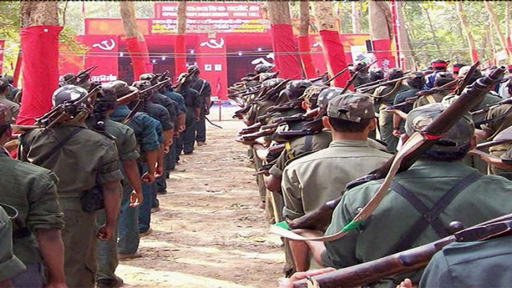September 2024 marked the 20th anniversary of the founding of the Communist Party of India (Maoist). Party cadre celebrated this anniversary for a month, until the end of October. Its roots go back much more than 20 years.
In May 1967, a peasant uprising in the northeastern tip of India, called Naxalbari, took place. This uprising was led by the Communist Party of India (Marxist-Leninist), a party that came to be as a result of a split within the Communist Party of India (Marxist). The uprising was a response to years of neglect and backward conditions, which led to unrest among the peasantry in that section of India.
From 1967-1972, the Naxalbari uprising battled against the capitalists and landlords in India. Peasants fought police and soldiers, who served as agents and warriors for bourgeois and casteist forces in the “world’s largest democracy,” a “democracy” that maintained a lower status for people with darker skin (Dalit), for Adivasis — Indigenous peoples in Southeast Asia — and for the working and peasant classes.
Indian police arrested Charu Mazumdar, founder and General Secretary of the Communist Party of India (Marxist-Leninist) and a visionary of Indian Marxism-Leninism, in July 1972. Less than two weeks later he died of a massive heart attack that some of his revolutionary successors say was the result of neglect in custody.
Even though the Naxalbari uprising in its most immediate form was defeated, the bourgeoisie and casteist forces did not defeat what Naxalbari meant to the people.


